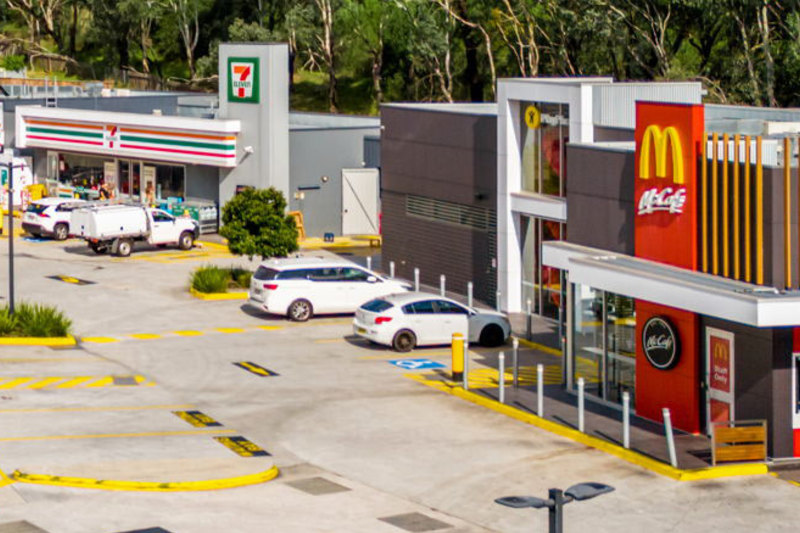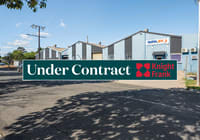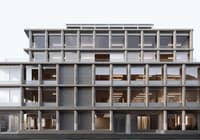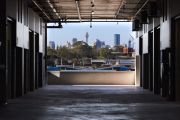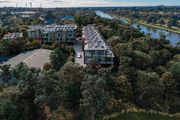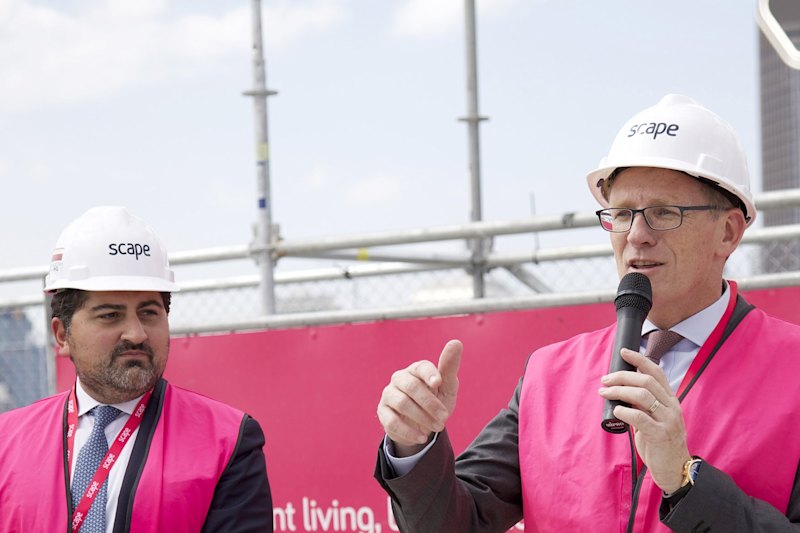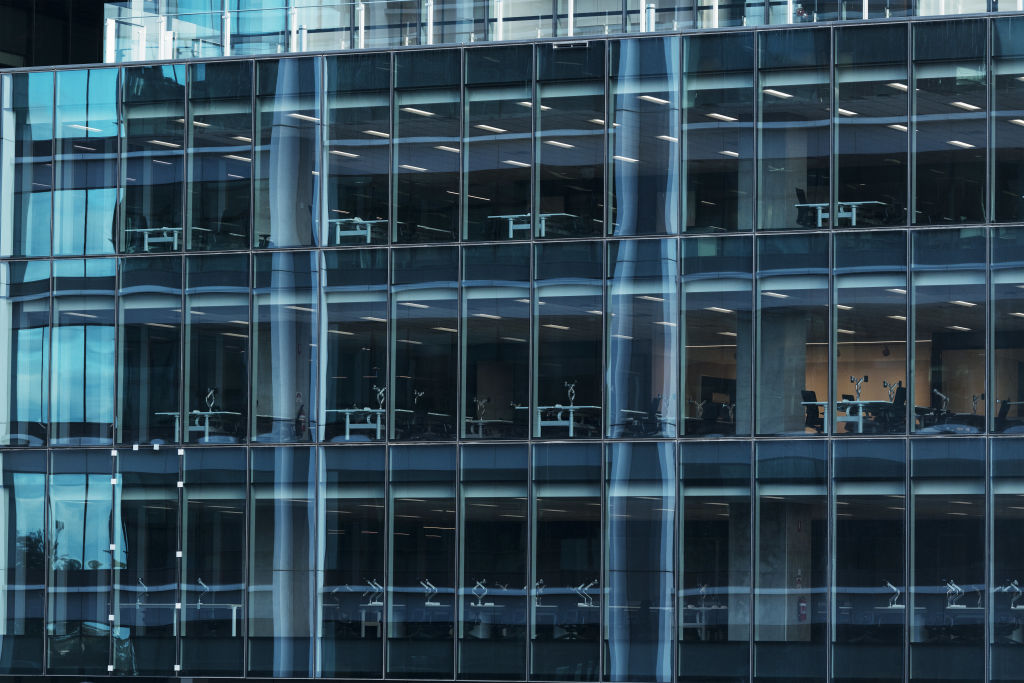
Parramatta office rents forecast to remain steady
Low vacancy rates prior to the coronavirus crisis are expected to underpin Parramatta’s office leasing sector in the months ahead.
Demand for A and B-grade office spaces was robust at the start of this year, when the overall office vacancy rate for the suburban CBD was just 3.2 per cent, according to Ray White Commercial head of research Vanessa Rader.
Ms Rader said A-grade offices were in particularly hot demand in January, recording a vacancy rate of just 0.4 per cent.
“Some opportunities emerged in B-grade assets with vacancy of 3.4 per cent recorded after a net absorption rate of -11,076 square metres due to the relocation of tenants into the new Parramatta Square development,” she said.
In February, Ray White Commercial western Sydney director Joseph Assaf said the Parramatta CBD had continued to increase on its sizeable growth in rents over the past five-plus years due to prolonged low vacancies.
“Secondary assets have benefited from the limited availability of stock, with the gap between prime and secondary rents narrowing in recent years as incentives continue to be eroded,” Mr Assaf said.
“While affordability has been questioned for the Parramatta prime markets, it remains competitive compared to the Sydney CBD, which has also been impacted by low vacancy, keeping prime rents upwards of $1000 per square metre.”
While the long-term impact of the pandemic on the office-leasing market is still relatively unknown, rents in Parramatta are forecast to remain steady.
Colliers International office leasing associate director Chris Baltussen expects rents in Parramatta to stabilise rather than decrease.
However, he said post-coronavirus, incentives were likely to increase, and lease terms made more flexible as landlords pushed to secure tenants.
“Interestingly, COVID seems to have brought forward these market shifts, as they were expected, when the vacancy rate begins to climb over the next 24 months,” Mr Baltussen said.
He said existing quality A-grade and B-grade buildings remained in high demand, with a number of whole-floor and part-floor transactions over the past six months.
New A-grade offerings were quick to be secured off-market due to the higher incentives and opportunities for new fit-outs, Mr Baltussen said.
“However, it is important to note that the initial attraction to these new developments is due to the landlord subdividing a whole 1100-square-metre floor into 300-square-metre tenancies,” he said.

